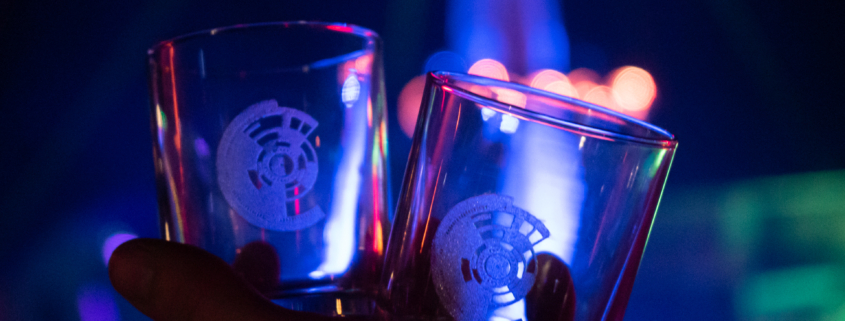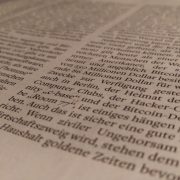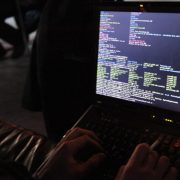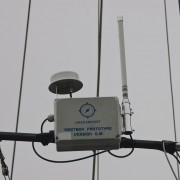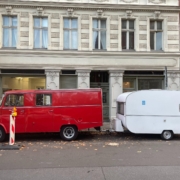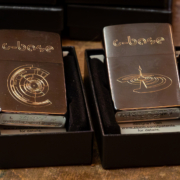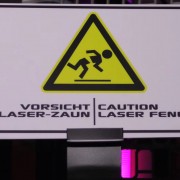Engraving a batch of Whisky tumblers
Background
For the Chaos Communication Camp 2023, I planned to create personalized Whisky glasses for the c-base Village and the Geraffel Village. Since we already had a K40 laser cutter in operation on board the c-base, it made sense to use it for glass engraving. From the very beginning, it was clear that each glass would bear both a logo and a personalized name.
Implementation
The choice fell on Whisky tumblers, using two different types. First, we ordered a more elegant, slightly asymmetrical version. We really liked this shape because it was eye-catching and, thanks to its increased weight, felt good in the hand.
After the first batch, many crew members were enthusiastic and wanted the same glasses. So we wanted to order a second batch. Unfortunately, it turned out that our dealer could no longer supply the glasses. An entire pallet had fallen off his truck and was destroyed. This meant that the desired type was simply no longer available in time for the event. For the second batch, I had to switch to simpler, smaller glasses. This change not only meant a visual change but also brought with it some additional work: The rotation axis, which we had purchased specifically for this project, had to be recalibrated because the dimensions, shapes, and angles were not identical.
The motifs consisted of the c-base and Geraffel logos, each combined with the name of the member for whom the glass was intended. I had asked the members in advance to order several glasses each. This lowered the unit price through volume discounts and provided a buffer in case something went wrong with the engraving.
The engraving itself was done on a K40 CO2 laser with an integrated rotary axis. A member sponsored this accessory, without which the project would have been virtually impossible to realize. The laser ran at a current of approximately 13 milliamperes and with air assist; I didn’t document the exact speed and line resolution. One pass was sufficient, and one glass was finished in less than two minutes. We dispensed with any further, specialized surface preparation because the results were already so impressive.
After engraving, each glass was further processed with a Dremel and a small metal brush. Fresh from the laser, the surface was rough and a bit scratchy. After brushing it became evenly matte and pleasant to the touch. The final step was a dishwasher wash, so all the glasses could be transported to Mildenberg clean and ready for use.
After I had established the production process and engraved a few cases of glasses myself, I demonstrated the exact procedure to other members of the c-base. They then met over a weekend and continued production independently. Unfortunately, I couldn’t attend that weekend because I was at a family celebration.
Special thanks go to these c-base members for carrying out the production, as well as to Geraffel member maxx for providing scripts that modified the SVG templates so that there was a file for each member that included their name.
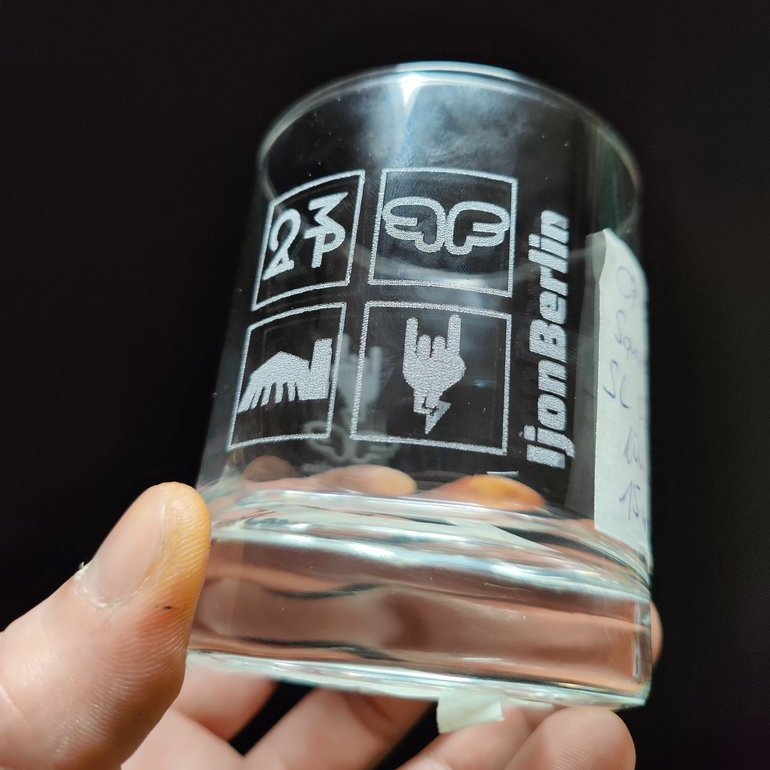
Result
At the camp, we distributed the glasses to the two villages. The response was positive; many were delighted with the combination of practical drinking vessels and personalized souvenirs. The only slightly annoying part was switching to the second glass type, which required several hours of adjustment and test runs until the positioning was just right. Overall, however, the waste was manageable.
The project showed me how much small technical parameters and logistical circumstances can determine the process. The cancellation of the second glass delivery was frustrating. The acquisition of the rotary axis proved crucial; without it, engraving cylindrical glass would have been impossible.


